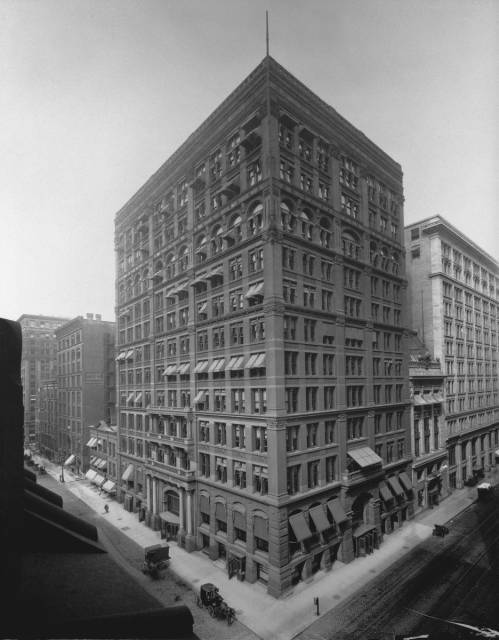Architecture in Chicago: Introduction
Despite the unassuming image of the Midwest, it is without a doubt an integral player in the history of American architecture. In Architecture in Illinois, a 1963 publication from the Illinois Art Education Association, the editors note that students
still find it surprising that things of great significance have happened and are happening in their own region. They are surprised that visitors should come from all over the world expressly to see buildings in Chicago, buildings like the Carson Pirie Scott store or Sears and Roebuck. For do they not look pretty much like any other store? The fact is that other stores look like them; other houses look like the Robie House. Illinois has seen the birth of ideas which prevailed and set the quality of much of our architecture [1].
Chicago in particular has been the development site for innovations that completely changed ideas about building construction. Iconic styles, like the Chicago School, had their start in this city. Architects like William Le Baron Jenney (who is credited with the first skyscraper), Louis Sullivan, John Root, and others rebuilt the city in the wake of the 1871 Great Fire and continued to innovate and influence building styles. Their legacy remains today in the vast number of buildings they constructed throughout Chicago. From office buildings to apartments and department stores, the city’s style is easily recognizable. Its energy, of industry and innovation, has helped cement Chicago as a city of architectural importance.
[1] George Barford and Stanley G. Wold. Architecture in Illinois. (Illinois Art Education Assocation, 1963), http://archive.org/details/ArchitectureInIllinois, 6.

